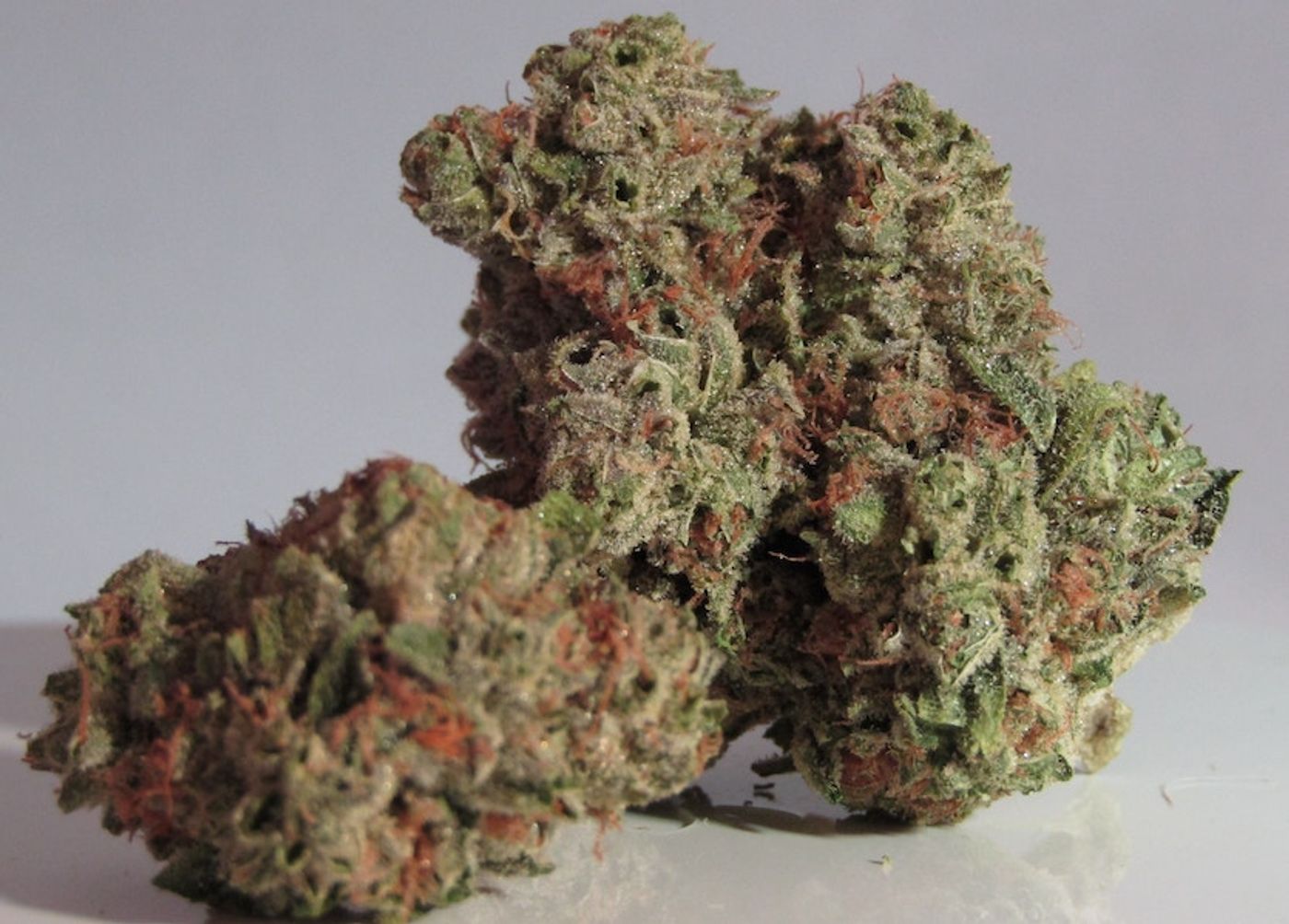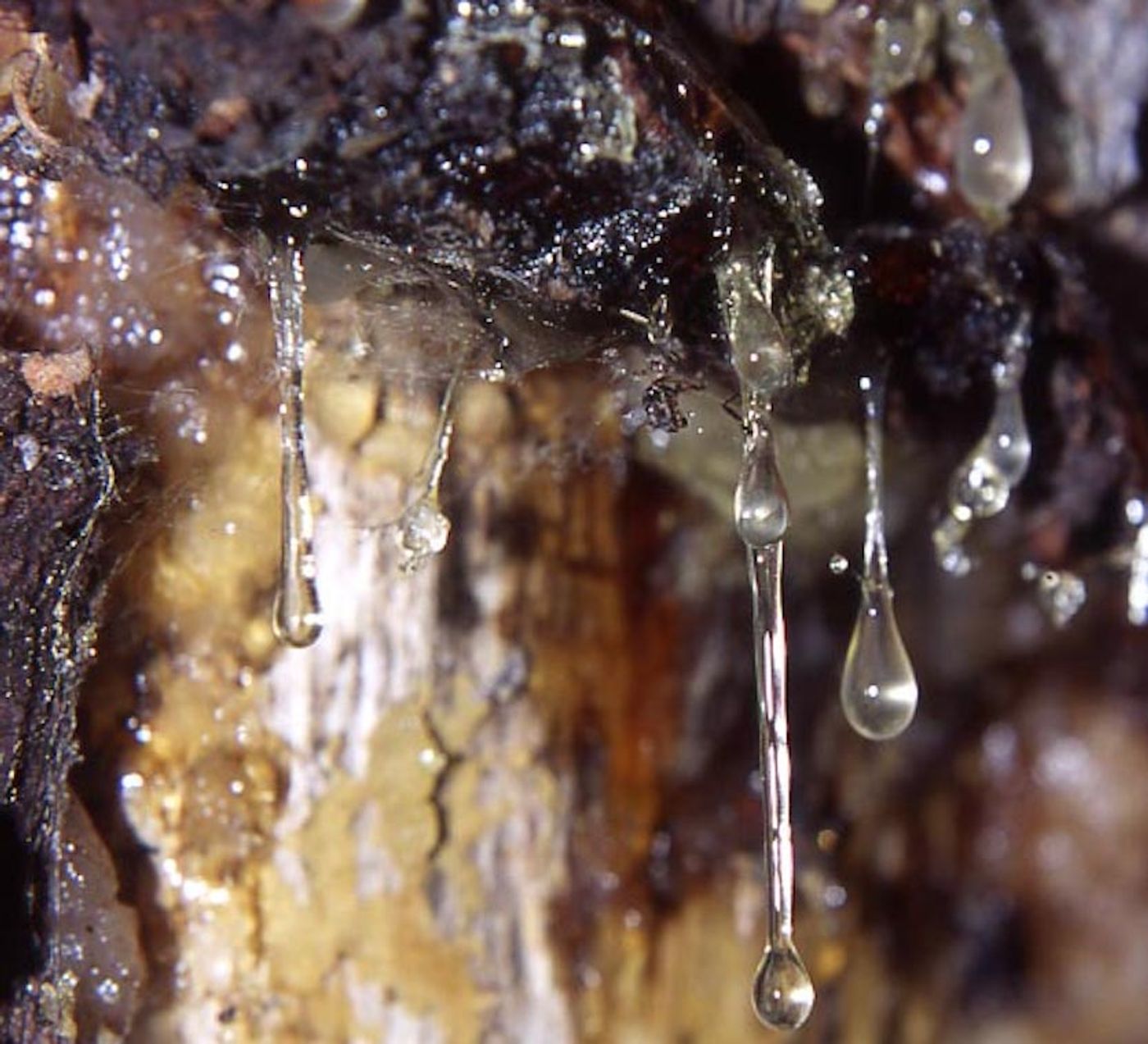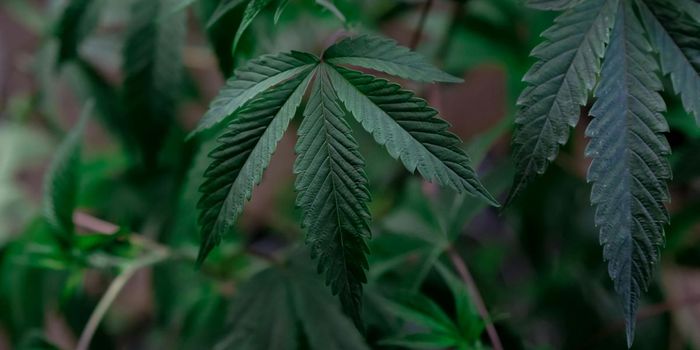What are Terpenes and What do They Have to Do With Pot?
Some of you who have been dipping into the marijuana research from time to time may have heard the word "terpenes" come up in the latest science and news stories. What are these things anyway? What are they doing in my pot you might say (while in a legal state, of course). What do they contribute to and, most importantly for any science topic, why should I care?
Those crystal-like structures secrete terpenes, as well as THC and CBD. Photo source: UnSplash.com
Terpenes, or terpenoids, are interesting molecules. They are large organic compounds produced by a wide variety of plants (including cannabis) and even some insects. First off, what are they doing in plants? It turns out that they are secondary metabolites and are very volatile. Plants will sequester highly volatile compounds, including terpenoids, within plant tissues. In the case of cannabis, the terpenes are secreted onto the fine hairs of the cannabis bud called trichomes. Plants can use these terpenes as insecticides, but more importantly, they attract pollinators. How? Because a volatile chemical has a scent. Back to cannabis, these volatile compounds are what gives different strains of bud their distinct scents.
The most common terpenoids that are found in the cannabis plant are: limonene (which has a citrus scent); alpha-pinene (smells like pine); myrcene (cloves, earthy); caryophyllene (pepper, woody); linalool (floral); humulene (woody, earthy); ocimene (sweet); and terpinolene (piney, herbal). These individual terpenes are also found in other plants. For example, linalool is produced by lavender. In terms of cannabis, these different terpenes are a big part of what gives different strains their distinct aromas.
Okay, so they give bud its scent. While alluring to some connoisseurs, it really doesn't have much point after that, does it? Well, this article would be a bit too short if that were the case. In fact, cannabis terpenes are thought to also participate in the therapeutic effects of marijuana. Many of these terpenes have potential therapeutic effects as well. For example, linalool and limonene may be beneficial in the treatment of cardiovascular disease.
The gooey sap from this pine tree can be harvested for its terpene content. Photo source: fr.wikipedia
Their presence mediates the effect of the THC and cannabidiol (CBD) on the body. Different strains with different types of terpenes present are thought to be associated with certain medicinal benefits. Myrcene helps with insomnia, while limonene improves mood and releases stress. The terpenes found in cannabis are also known to produce what is called "the entourage effect". This means that they interact with endocannabinoid receptors, their presence, and removal from the synapse, and the enzymes which produce and degrade them. This means that they could enhance, or decrease, the effects of THC and CBD.
For more detailed effects of terpenes on marijuana's effects, see the video below.
Sources: wikipedia.org/wiki/Terpene, Plant and Cell Physiology, keytocannabis.com, Planta, Leafly, Expert Opinion on Therapeutic Patents, YouTube, Annals of Neurology,










